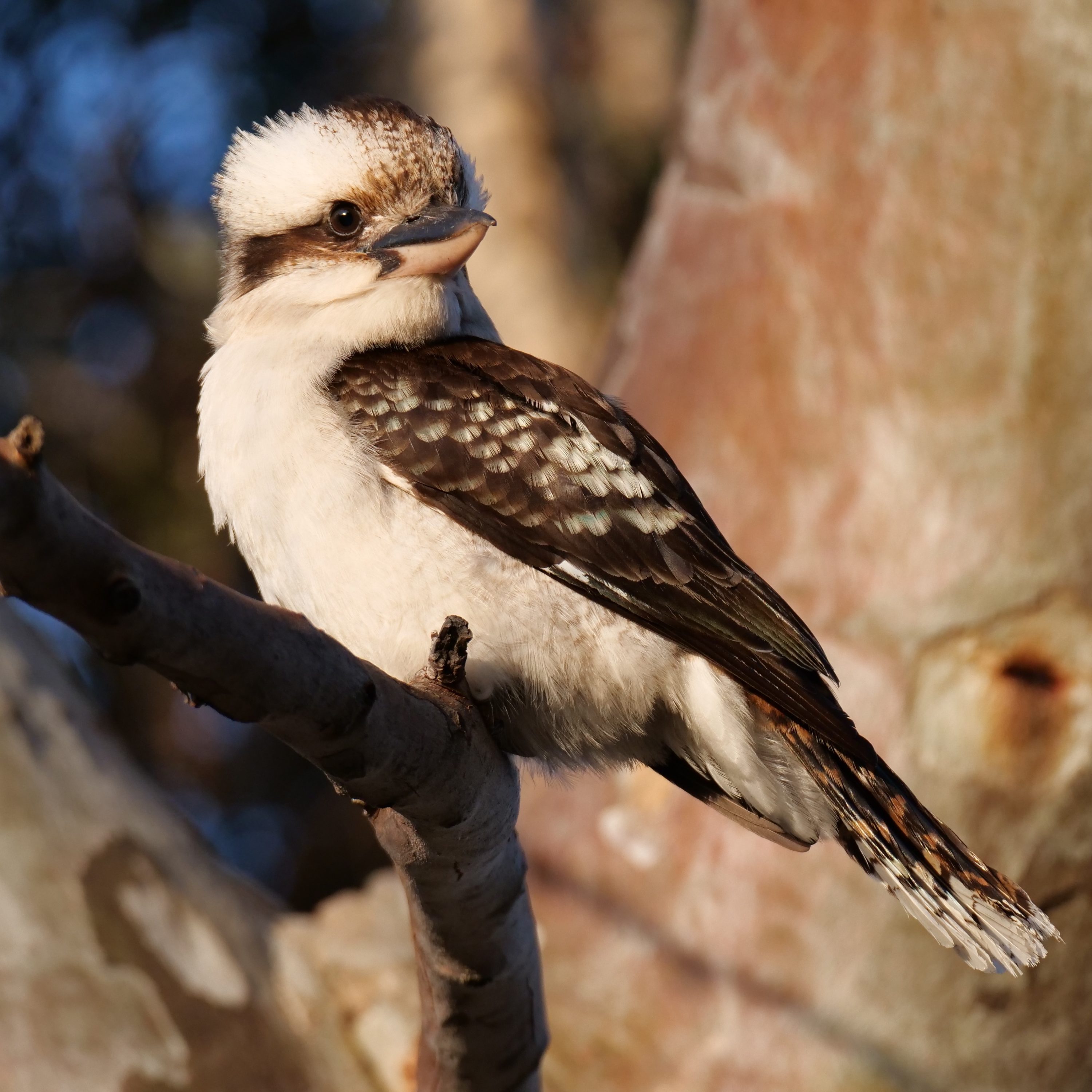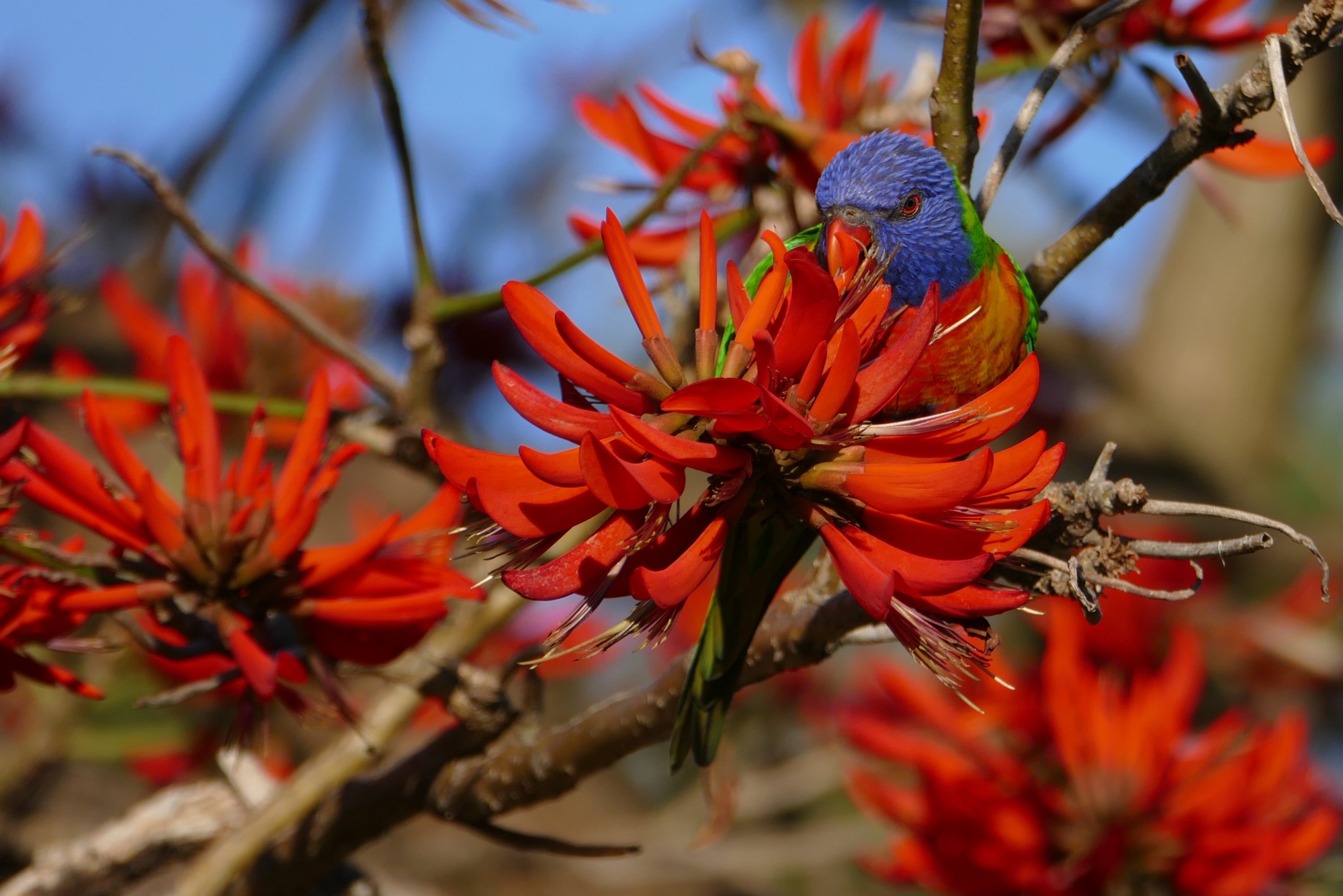According to an alarming recent article in the Australian edition of The Guardian, Australia is “losing the fight” against invasive species.
It quotes scientists who claim that the “invaders” pose a greater threat to Australia’s native species than does climate change.
(so, you may ask, “why on earth does the image atop this Pelican Yoga post depict an Australian native species which is clearly flourishing?”)
In one field, Australia clearly leads the world: no other nation has matched our extinction rate of native mammal species.
Do not for one moment think that only our mammals have been “disappearing”, and do not forget that the threatening “invaders” and the vulnerable “natives” include a great and growing number of other vertebrates, invertebrates, and plants.
Three key observations by scientists quoted in Graham Readfern’s article, published 21.01.2019:
Every extinction could have been prevented.
Biosecurity is usually run from agricultural departments, so there is an inherent bias in the whole system.
It will not necessarily be extra funding that makes the difference, but how it is spent.
Click here to read the article.
Readfern’s article omits one category of “invasive species”: those which are “native” to Australia, but not native to all parts of Australia.
Perth – where I live – is blessedly free of a number of the feathered foreigners that now infest most places on Australia’s eastern side.
Here, I never encounter a sparrow, a starling or an Indian mynah.
In some respects Australia’s southwest is “another country”, with the Nullarbor Plain playing the “impassable barrier” role as effectively as do seas and oceans.
For example, all but one of the 170 species of Banksia are endemic to Australia.
There are Banksia in every Australian state and territory.
However, 90% of those endemic Banksia species are endemic only to Australia’s southwest corner.
A staggering number of beautiful and bizarre flowering plants grow only in Australia’s southwest; not a few of those grow only in very particular places…some, in one particular location, only.
No platypus ever swam in a West Australian stream, and koalas only arrived when zoos and “tourist attractions” brought them in.
And this “iconic” Australian is – in southwest WA – an introduced species/invasive species.

Kookaburras first flew in Australia’s southwest circa 1897, when white settlers introduced them; it was thought that kookaburras would “control” snake numbers.
Now, they are abundant in southwest WA; most local humans are unaware that “our” kookaburras are an introduced species.
Kookaburras may or may not qualify as a “pest”, in terms of their impact on the species who do “belong” in southwest WA.
As far as I know, the research needed to form an informed view on the subject has never been undertaken.
(Click here to see Simon Cherriman’s interesting and well-illustrated blog post on “Kookaburras and Predation”)
Atop this post is a bird that many Perth residents now see and/or hear every day – sometimes, enormous numbers of them, producing an ear-numbing cacophony.
Like the kookaburra, the Rainbow lorikeet is Australian, but it only recently arrived in southwestern Australia, via human intervention; in the lorikeet’s case the intervention was accidental, in the 1960s.
This “pretty” bird’s population explosion has been spectacular and its impact in southwest WA devastating, as politely detailed here.
From whatever point of view – loss of agricultural production, displacement of native species, noise pollution in urban areas – in southwest WA the Rainbow lorikeet is a very-fully-qualified pest/invasive species!
